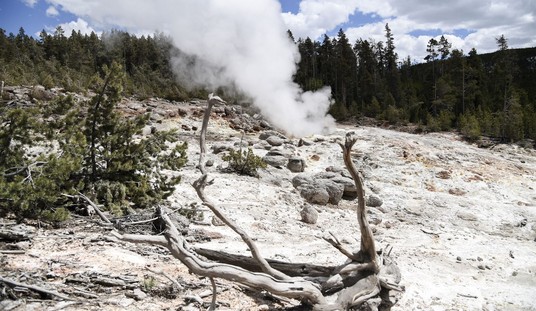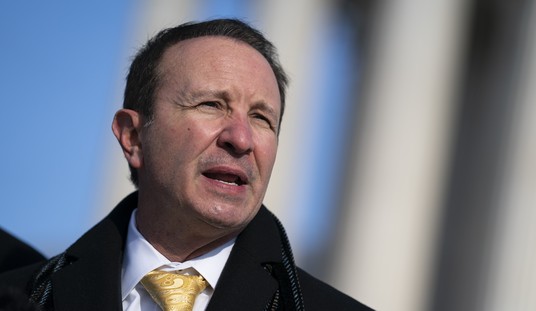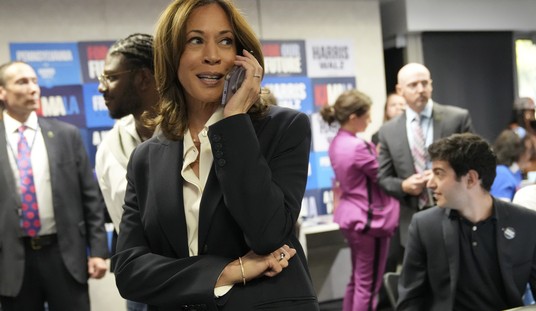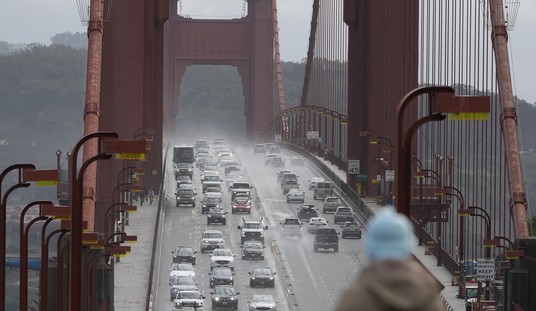Three weeks ago I wrote this story calling attention to the “issue” of placing a significant amount of “faith” in the US Postal Service’s ability to deliver tens of millions of pieces of mail in a limited time frame.
Today we can see an example of the problems which can/will arise in circumstances where election officials are pressed into action with only a few options to fix the problem.
My colleague Scott Hounsell wrote about this problem earlier today in this story.
Butler County in Pennsylvania is a suburb of Pittsburg. It is heavily Republican as can be seen in the fact that nearly every elected official in Butler County is a Republican, and the last Democrat Presidential candidate to carry Butler County was Lyndon Johnson in 1964.
Pres. Trump carried Butler County in 2016 by a margin of 66%–29%.
As is true for all of Pennsylvania, a much larger number of voters in Butler County requested mail-in ballots for this year’s election. The most meaningful way to evaluate the receipt of mail-in ballots by voters is to look at how many mail-in ballots have been returned to election officials.
The USPS has responded to a press inquiry on the subject with a statement saying it is “unaware of any significant delays or issues and is in regular contact with the Board of Election as we work to locate and deliver ballots as they are presented to us.”
But that is not the “facts on the ground” as seen by Butler County election officials:
“At first we thought that maybe it just was a delay in the postal system” due to high volume, Leslie Osche, chair of the Butler County commissioners, told Post-Gazette news partner KDKA-TV. “And that could still be the case. But nonetheless, when we realized that, we changed our strategy and now have begun to tell folks that if they haven’t received a ballot, they still have multiple options.”
But this week, county call centers and email addresses set up to handle elections issues were flooded with messages. By Tuesday morning, officials abandoned any hope that the ballots would arrive and launched plans to get new ballots out to voters, Osche said.
Exactly how many ballots were lost remains under investigation, though Osche said she believes the number could be in the thousands given the high volume of calls and emails related to missing ballots fielded by county officials during the past week.
Only 24% of requested mail-in ballots have been received by Butler County election officials. The Pennsylvania County with the next lowest return-rate of mail-in ballots is Fayette County — where 50% of mail-in ballots have been returned already. Every other county in Pennsylvania is reporting a mail-in ballot return rate of greater than 50% at this point.
The only plausible conclusion that can be drawn is that some significant number of mail-in ballots were never delivered to the voters of Butler County.
Since USPS is saying they are “unaware of any significant delays or issues”, there is apparently no effort underway to find out if there was a delivery problem to voters in Butler County.
Whether the cause of the failure of the ballots to arrive in voters’ mailboxes via USPS is “benign” or “malign” is a separate issue. The overriding concern is that politicians — many with partisan motives — have imposed a huge burden in carrying out a national election on a postal service that shouldn’t be involved. As I noted in my earlier story, the USPS workers have not UNIVERSALLY covered themselves in glory when it comes to instances of mail not quite finding its intended destination.
Fox News ran an interesting experiment a couple of days ago testing the “efficiency” of the USPS in different states. Since the USPS workforce is hired locally and trained locally, it is common sense to consider that maybe it doesn’t necessarily function at the same level in all cities and states across the country. So Fox mailed 500 envelopes, the same shape, size, and weight of typical election envelopes, from several different locations in five different cities across the United States — New York, Chicago, Miami, Los Angeles, and Dallas, all addressed to a single location in New York. Fox acknowledged that ballot envelopes have special markings on them which lead to special treatment by USPS, so the experiment isn’t a perfect replication of what a mailed ballot might go through. And most mailed ballots remain local in the city within which they are mailed.
But what Fox found was that of the 500 envelopes mailed 11 failed to reach the New York address. That’s a 2% failure rate.
Of the 489 that did reach the location, the ones mailed from other New York locations — all within 70 miles of their destination — took between two and five days to arrive.
The envelopes from Los Angeles to New York traveled the greatest distance but took on average the least amount of time.
Other results were between 4 and 6 days from Dallas and Chicago.
But Miami was terrible:
The state with the poorest performance in the Fox test was Florida where seven out of the 20 envelopes sent from the Miami metro area to New York still have not arrived as of Oct. 26. All of them were also sent on Sept. 14 and15, in a batch that was otherwise delivered in five days or less.
Some estimates are that more than 60 million votes may be cast by mail. A 2% failure rate would include 1.2 million ballots.
Sheer insanity.














Join the conversation as a VIP Member